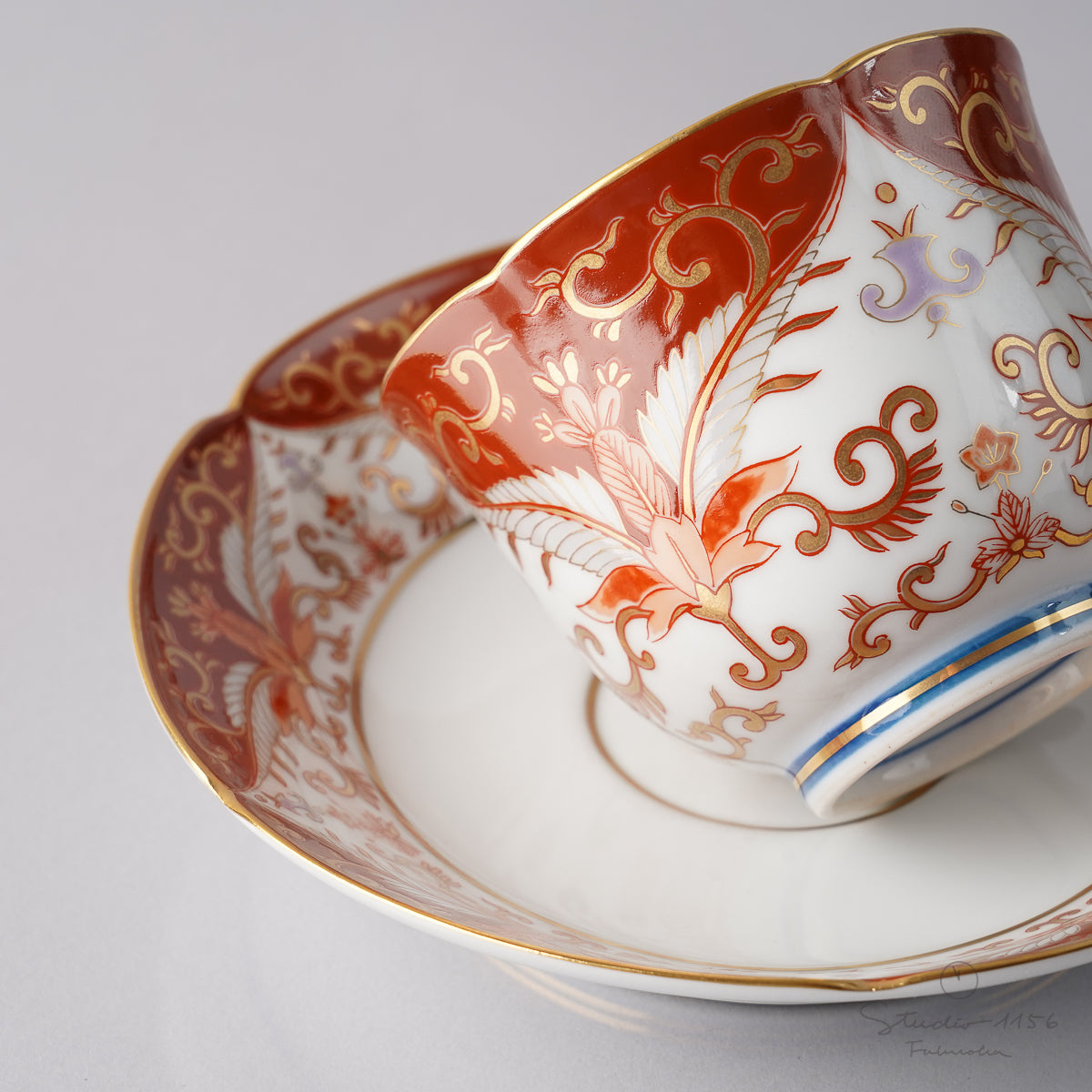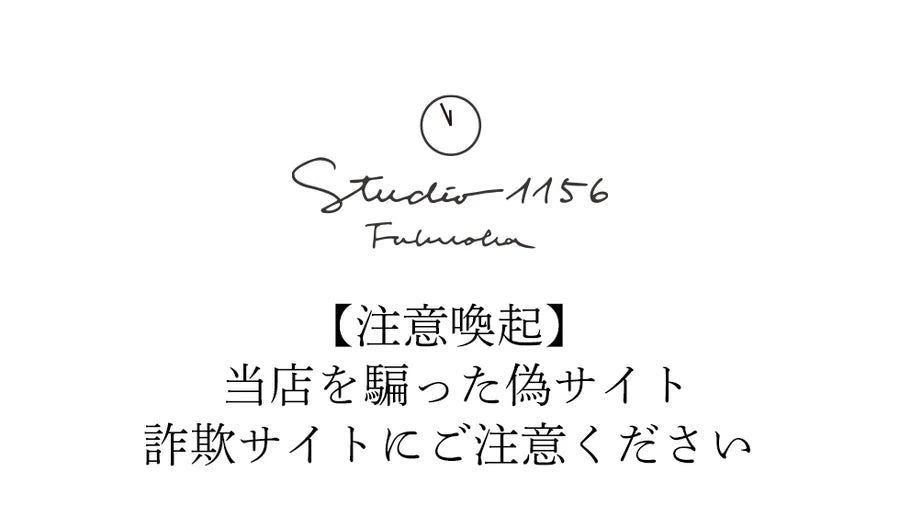読みもの
Jikku Nanayama
JP: 十区七山/じっくななやま
A term applied to those areas which were allowed to use porcelain claystone from Izumiyama quarry in the Edo period.
Jikku areas...
Jingdezhen (Town of Jingdge)
JP: 景徳鎮/けいとくちん
A city in northeastern Jiangxi province, China. It is well known for being the porcelain capital of China.
Kamamoto
JP: 窯元/かまもと
Japanese word for companies who produce pottery and porcelain products. The word is used to describe both the place where the items ar...
Kaolin
JP: カオリン/かおりん
White clay mineral for pottery and porcelain production. Raw material for pottery and porcelain products. Key characteristics are ex...
Karamono
JP: 唐物/からもの
Antique pottery and porcelain products, imported into Japan from China.
Kiji
JP: 生地/きじ
An item made of claystone which has not yet been fired. In English, this is known as greenware. Also called as Soji.
Koraimono
JP: 高麗物/こうらいもの
Antique pottery and porcelain imported into Japan from various Korean islands from the 16th century onwards.
Kunaichogoyotatsu (The Royal Warrant)
JP: 宮内庁御用達/くないちょうごようたつ
Also named Kunaicho goyotashi, meaning companies that are purveyors to the Imperial Palace. In the case of Arita ware, Kora...
Kushimekodai
JP: 櫛目高台/くしめこうだい
Vertical stripes around the foot of items―a pattern only seen in Nabeshima-style products.
Kyushu Toji Bunkakan (The Kyushu Ceramic Museum)
JP: 九州陶磁文化館/きゅうしゅうとうじぶんかかん
A museum, displaying ceramics mainly from the Hizen area (around Arita town), and Kyushu. You can see various ceramics ...






